It’s National Poetry Month! I know, I know. You don’t want to write a poem, but what if I could show you a way to tap into a childhood memory to create a poem or scene that you could use in any kind of writing? Will you accept a poetry dare today?
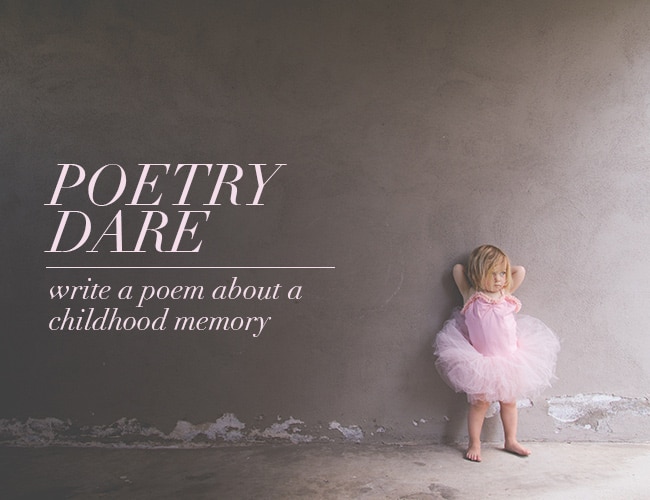
At The Write Practice, we publish a new article each day designed to help writers tackle one part of their writing journey, from generating ideas to grammar to writing and publishing your first book. Each article has a short practice exercise at the end to help you immediately put your learning to use.
Check out the latest articles below or find ones that match your interest in the sidebar.
And make sure to subscribe to get a weekly digest of our latest posts, along with our free guide, 10 Steps to Become a Writer.

It’s National Poetry Month! I know, I know. You don’t want to write a poem, but what if I could show you a way to tap into a childhood memory to create a poem or scene that you could use in any kind of writing? Will you accept a poetry dare today?
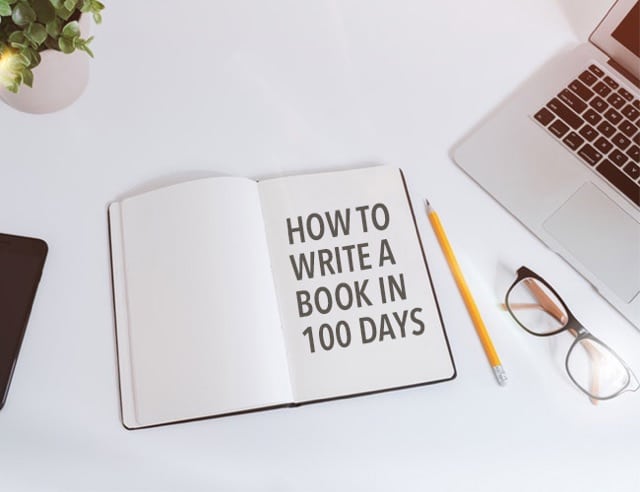
Let’s start with the obvious: You don’t know how to write a book. I’ve written seven books, and I don’t really know how to write a book either. I have a process that works, sure, but with writing, as with many things in life, it’s always when you think you know what you’re doing that you get into trouble.
So let’s just admit right now, you don’t know how to write a book, and definitely not in 100 days, and that’s okay. There, don’t you feel better?
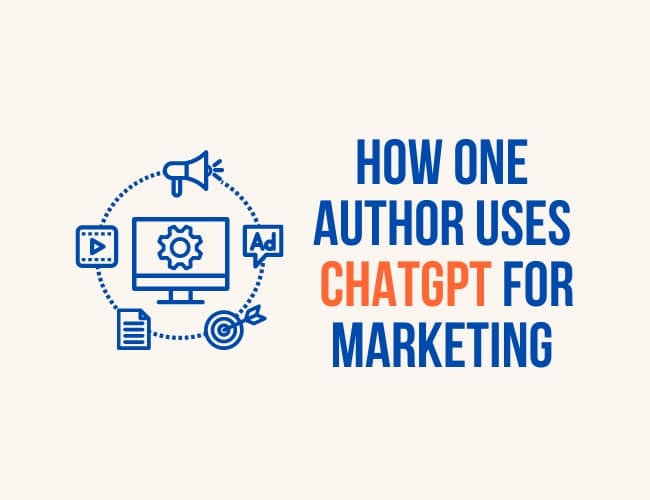
Many writers lament spending any time away from their creative worlds to pen social media posts or spend time on marketing efforts. But both social media and email can help authors find and communicate with their target audience. What’s a writer to do? Let’s look at how to use ChatGPT for marketing, so you can get back to your stories sooner.

The Merriam-Webster dictionary tells us that well-being refers to “the state of being happy, healthy, or prosperous.”
Knowing what the term means, though, doesn’t help us with its spelling. For that, an understanding of how words evolve in the English language may be helpful. Let’s explore the correct spelling of well-being. Is it hyphenated or not?
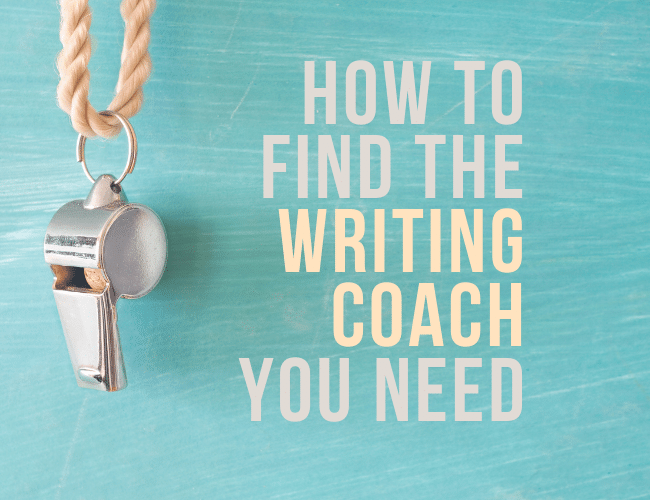
Do you have a great idea for a book but you’re not sure what to do with it? Have you ever started writing a book and never finished, or finished it but didn’t know what to do next?
If yes, you might feel frustrated. You also might greatly benefit from hiring a writing coach.
But what is a writing—or book—coach? Do you need to hire someone to finish a book, or can you do it on your own for free?
Whether or not you’re interested in self-publishing a book or pursuing the traditional publishing path, a writing coach will make you a better writer in every step of your writing process.
Learn why a writing coach might benefit your first book, or hundredth, and how to find the writing coach you need.
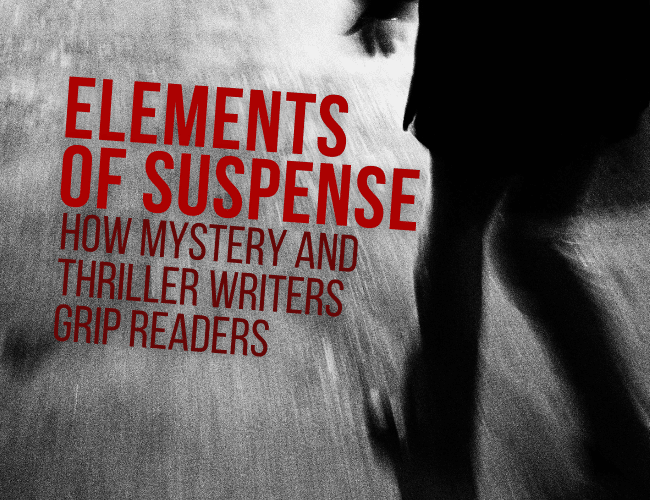
Do you remember how you felt while reading The Da Vince Code or Gone Girl? The sweaty palms, the pleasant shiver, the jaw-clenching tension? Remember how those well-drawn elements of suspense held you in thrall, feathering along your skin, raising goosebumps?
Suspense fiction comes in a variety of flavors, all delicious, and if you have a yen for building suspense in your writing and learning how to create the same kind of reading experience for your own audience, this is the place for you.
In a special series of articles, I’ll be your guide as we dig deep into the elements of suspense that grab readers and don’t let go. These elements apply, regardless of the publishing route you choose for getting your stories out to your suspense readers.
Here, we will learn how you can craft suspense in your own books, starting now.

We’re on a characterization kick this week on The Write Practice. Today, we’re going to continue to delve into the lives of our characters by going through a list of thirty-five questions to ask your characters made famous by the canonical French author, Marcel Proust.
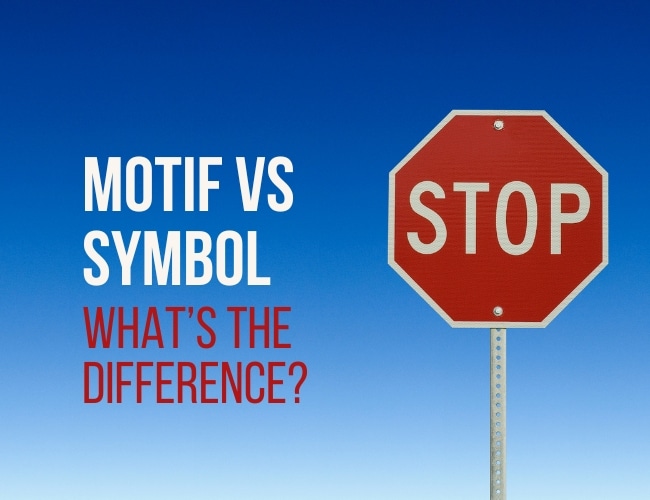
Using the novel Divergent by Veronica Roth as an example, we look at the difference between a symbol vs. motif, and how they affect the story.
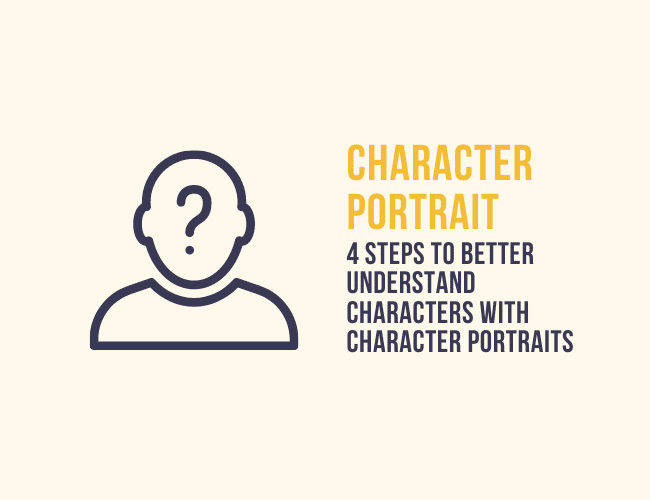
Whether you’re writing a novel, a memoir, or even painting a portrait, it’s important to understand who you’re writing about.
Creating a character portrait is a characterization technique used by writers like Cheryl Strayed, Marcel Proust, and others to better understand your characters.
In this post, you’ll learn exactly what character portraits, how to create one of your own, and how to get the most out of them in your writing.
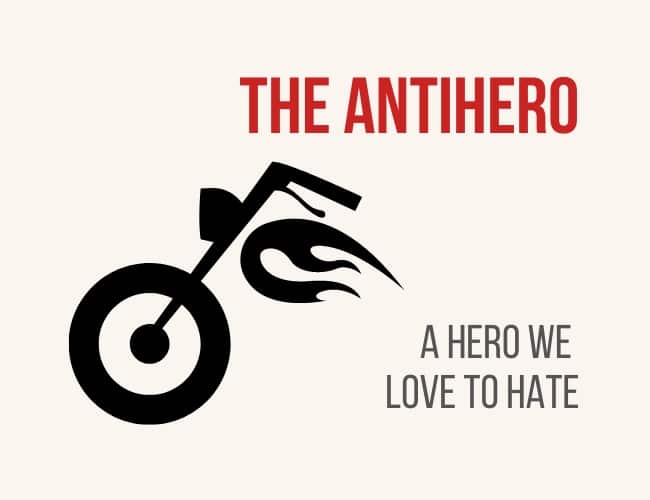
An antihero is a central character in a story who displays unheroic flaws or characteristics associated with villains, but who may garner more empathy and understanding as they can appear more human and relatable than traditional heroes.
Take a look at our list of over 75 antihero examples to see if you want to create one for your story today.